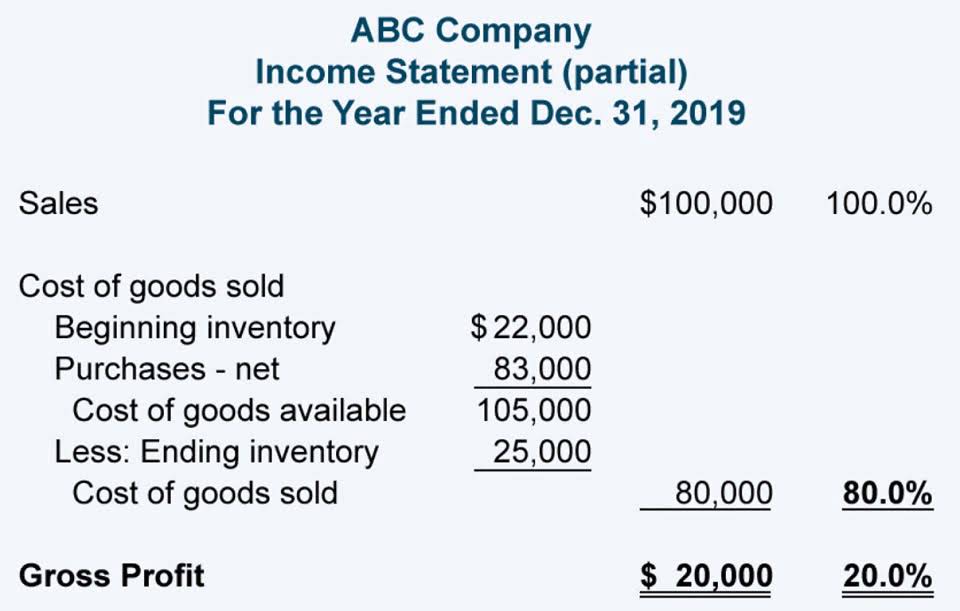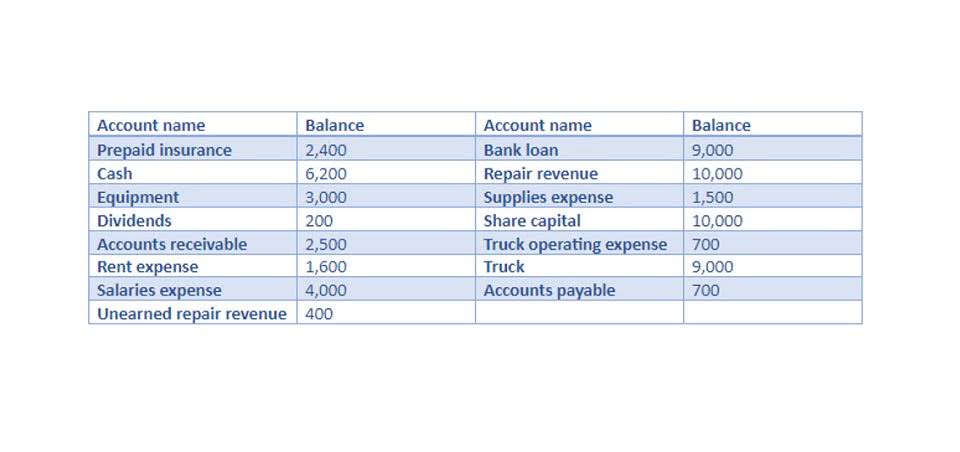Nonprofit and Governmental Accounting Harvard Division of Continuing Education Course Browser

This module outlines the steps involved in preparing the government-wide Statement of Net Position and the government-wide Statement of Activities from trial balances and supporting documentation. You can make sure that you’re getting the most for your money with a little knowledge about how governmental and nonprofit financial statements work even if you’re not expecting anything more than a warm, fuzzy feeling as a return on your investment. Managing capital assets and long-term liabilities is a key aspect of nonprofit financial management, impacting both the organization’s balance sheet and its ability to fulfill its mission. Capital assets, such as buildings and equipment, require oversight to ensure efficient utilization and proper maintenance over their useful lives.

Investment Principles and Safeguards for the Fund
These agreements often dictate specific deliverables, timelines, and financial reporting requirements. Managing multiple grants and contracts can pose challenges, necessitating a robust accounting framework to ensure compliance and proper fund allocation. Effective budgetary control and reporting ensure financial resources are allocated efficiently and objectives are met within available funds. The process begins with formulating a budget, which serves as a financial blueprint for the fiscal period.
- Non-Government Organization sector is an important part of any country since this sector has noble intentions of serving the society.
- This method ensures that funds are used for their intended purposes, aligning with the organization’s mission and legal requirements.
- It emphasizes the importance of transparency, accountability, and stewardship in public and non-profit financial operations, providing insights on best practices and regulatory requirements that optimize financial reporting and operational effectiveness in these sectors.
- GASB establishes accounting and financial reporting standards that ensure transparency, accountability, and consistency in the financial activities of government organizations.
- The primary components typically include the Statement of Net Position, the Statement of Activities, and the Fund Financial Statements.
- Only congressional action can authorize and subsequently capitalize a new sovereign investment vehicle.
Module 3: Financial Reporting of State and Local Government Part II
- API is a well-known nonprofit organization that receives financial support from the accounting profession.
- Utilizing financial analysis tools like Tableau or Power BI enhances monitoring and visualization of these metrics, providing actionable insights for strategic decision-making.
- This involves forecasting revenues and expenses, considering historical data and future projections.
- Without charity status, organizations that rely on grants from local, state and federal government sources, as well as private sources such as other charities, will find many of those sources of funding largely cut off.
- A U.S. strategic investment fund should have the flexibility to anticipate or react to this type of economic prepositioning by the Chinese—and underwrite the growth or maintenance of this industry in the United States or in an allied country.
- For instance, a nonprofit might reserve funds for a future building project, ensuring the money is not used for other purposes.
Fund accounting is central to financial management in governmental and nonprofit organizations, offering a structured method for tracking resources. Unlike traditional accounting, fund accounting separates resources into distinct accounting for governmental and nonprofit organizations categories, or “funds,” each with specific restrictions and purposes. This ensures compliance with donor or grantor stipulations, enhancing accountability and transparency. The principles of fund accounting are governed by standards such as the Governmental Accounting Standards Board (GASB) for public entities and the Financial Accounting Standards Board (FASB) for nonprofits.

Allowance of tax-deduction by donors
- At the core of this transition has been the movement from fund to enterprise accounting, together with such larger political developments as the expansion of grant-based relations with government into the performance management environment of purchase of service contracting.
- This paper provides an assessment of the current state of comparative international governmental accounting research (CIGAR) in terms of contributions and critical issues.
- For instance, a nonprofit might receive a pledge of $100,000 contingent upon raising an additional $50,000 from other sources; this pledge would not be recognized as revenue until the condition is met.
- Effective governance requires financially knowledgeable board members committed to the organization’s mission.
- Failure to comply with these requirements can result in financial penalties or the loss of funding.
We tend to see capital “I’s” as in Iowa confused with lowercase “l’s” like leopard and/or the number “1”. Every chapter opens with a grid that identifies each learning objectivefor the chapter, the related pages, eLectureand Guided Example videos, and end-of-chapter assignments. This allows students and faculty to quickly grasp the chapter contents and toefficiently navigate to the desiredtopic. This text allows an instructorto tailor the course to meet his or her course objectives. An instructor hasflexibility in choosingboth the topics that are covered and the amount of time devoted to a particular topic.

- To help students comprehend the governmental and nonprofit accounting concepts, a guided example is included with each learning objective.
- Explore the principles and practices of accounting in government and nonprofits, focusing on financial reporting, accountability, and decision-making.
- The Congressional Budget Office projects interest payments on the national debt will total nearly $1 trillion this fiscal year and rise rapidly throughout the next decade.
- The budget, a financial blueprint, outlines projected revenues, expenditures, and resource allocations.
- Lighthiser v. Trump enumerates the many ways Trump’s orders adversely impact the plaintiff’s lives.
- Financial reporting focuses on accountability, compliance with budgets/restrictions, and measuring service efforts rather than profitability.
For more than 70 years, Accounting for Governmental & Nonprofit Entities has led the market in governmental accounting. It is a comprehensive government and not-for-profit accounting text, written for students who Bookkeeping for Etsy Sellers will be auditing and working in public and not-for-profit sector entities. Fund accounting is a system used by government and nonprofit entities to manage and report financial resources.
Module 2: Financial Reporting for State and Local Government Part I

Understanding these differences is crucial for accurate financial reporting, compliance, and strategic planning. In this module, you will get a better understanding of the difference between private foundations and public charities. We will practice calculating the Public Support Test for tax-exempt status and highlight reporting financial and bookkeeping operational details in Form 990. We will also review key concepts unique to the nonprofit sector, including tax-exempt status, unrelated business income tax, political activity restrictions, and preventing excessive officer benefits. Lastly, we will cover governance issues that arise in nonprofit boards and discuss how to analyze financial statements. Navigating grant and contract accounting in nonprofits involves understanding the intricate terms and conditions set by funding entities.


Leave a Reply